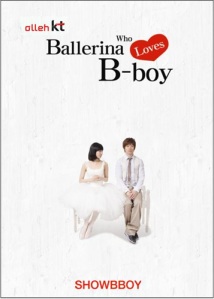Dasgupta (1996, p. 173) states that in a country (India), where less than five percent buy or read newspapers and books, the Hindi film is the only popular form of literature and art for the vast masses of the common people.
Why is there such a draw to this form of art – what has made this the most common artform to reach the masses of India?
While the traditional ‘Musical theatre is a form of theatre combining music, songs, spoken dialogue and dance‘ – Indian cinema produces movies that contain a mix of various genres in one film; especially action. Typically these films freely mix action, comedy, drama, romance and melodrama. These films tend to be musicals that include songs filmed in picturesque locations. Masala (meaning mixture of spices) is a term given to these genre of films from the Indian cinema. (Wikipedia, 2010)
West (Hollywood) and East (Bollywood) have influenced each other for the longest time in terms of capturing entertainment value for the masses via movies and songs. While the plot is usually the main entertainment for Hollywood musicals, Bollywood usually uses an average of 5-6 songs and background music as a natural mode of articulation in a given situation in their films. There is a strong Indian tradition of narrating mythology, history, fairy stories and so on through song and dance. Also, while in western musicals the songs are blended into existing environments – the easterners tend to showcase illusions and even compete to make it as elaborate as possible. (Wimal, 2004, p.98-99)
The Indian way of Cinematic explosion has also been a great influence in Hollywood making especially in recent times. In Baz Luhrmann’s interview on Moulin Rouge! (2001), he mentions that he was inspired to create cinematic musical after watch a Bollywood movie while in India. (To read more of the interview, click here.) This notably lead to many more Muscial movie productions from ‘Chicago’ to the upcoming ‘Burlesque’. The influence of Bollywood does not only extend to movies but songs such as ‘Addictive’ by Truth Hurts (produced by Dr.Dre) included a portion by Lata Mangeshkar’s “Thoda Resham Lagta Hai” from Jyoti (1981) (- which lead to a $500 million lawsuit).
The mix of Hollywood and Bollywood has given us movies such as ‘Bend it like Beckham’, ‘Mistress of Spice’, ‘Bride and Prejudice’ and the recent ‘Slumdog Millionaire’ – where there is a fusion of Indian actors with English scripts and taken in mordern London or America.
As an avid fan of both Musicals and Indian Cinema, the differences have been vast for years – but with the recent trend of cross-influencing, it’s interesting (to the extent of giggles) to watch Hollywood musical movies where actors break into songs and sycronised dances. To celebrate the magic of Bollywood, here’s a part of Lagaan (2001) that was nominateed for Best Foreign Language Film at the Oscars and another dance extravaganza from the movie Devadas (2002) which was nominated for BAFTA Award for Best Foreign Language Film. Lastly, after some Bollywood loving, do indulge in some Hollywood – Moulin Rouge!
ENJOY!
Lagaan (2001) – Song about Villagers awaiting the rain for Harvest:
Devadas (2002) – Celebrations with stylish Sarees and Bollywood dancing!!:
Moulin Rouge! – Final Scene – Come What May! (irony of it being heavily influenced by Indian Costumes and scene):












